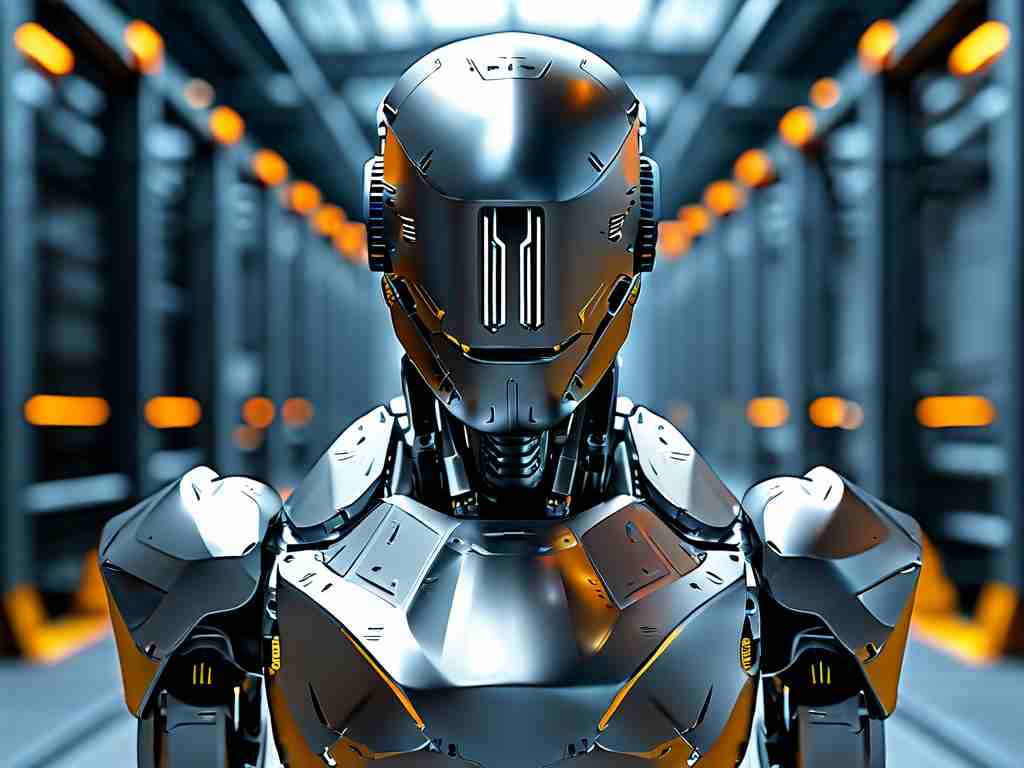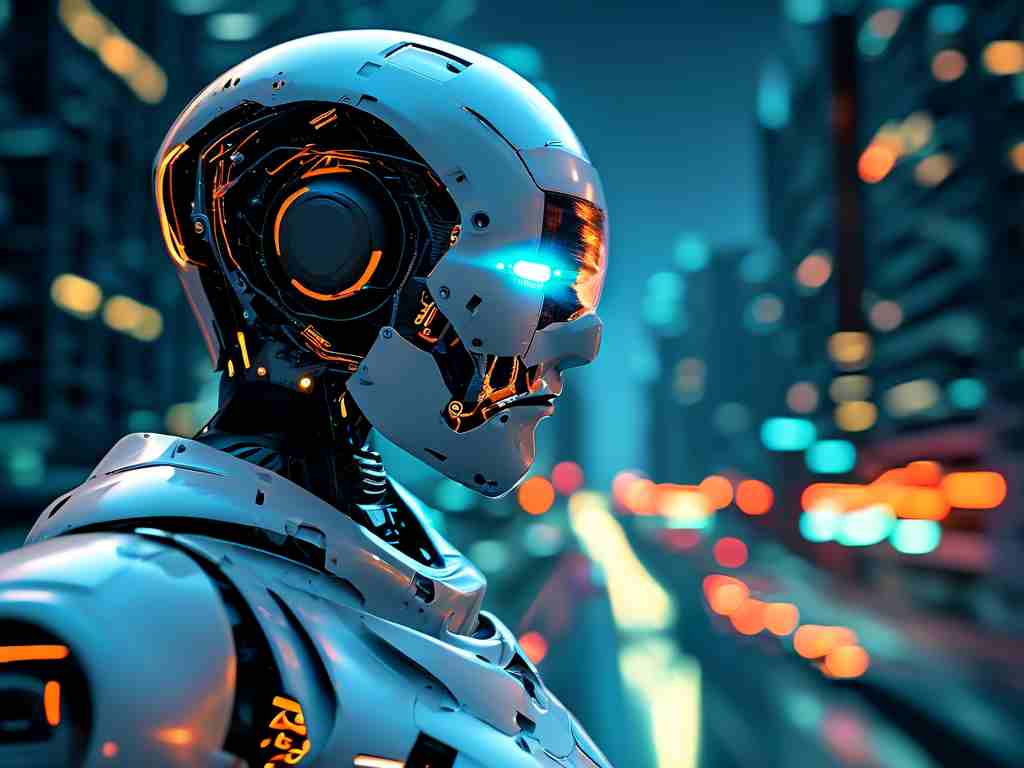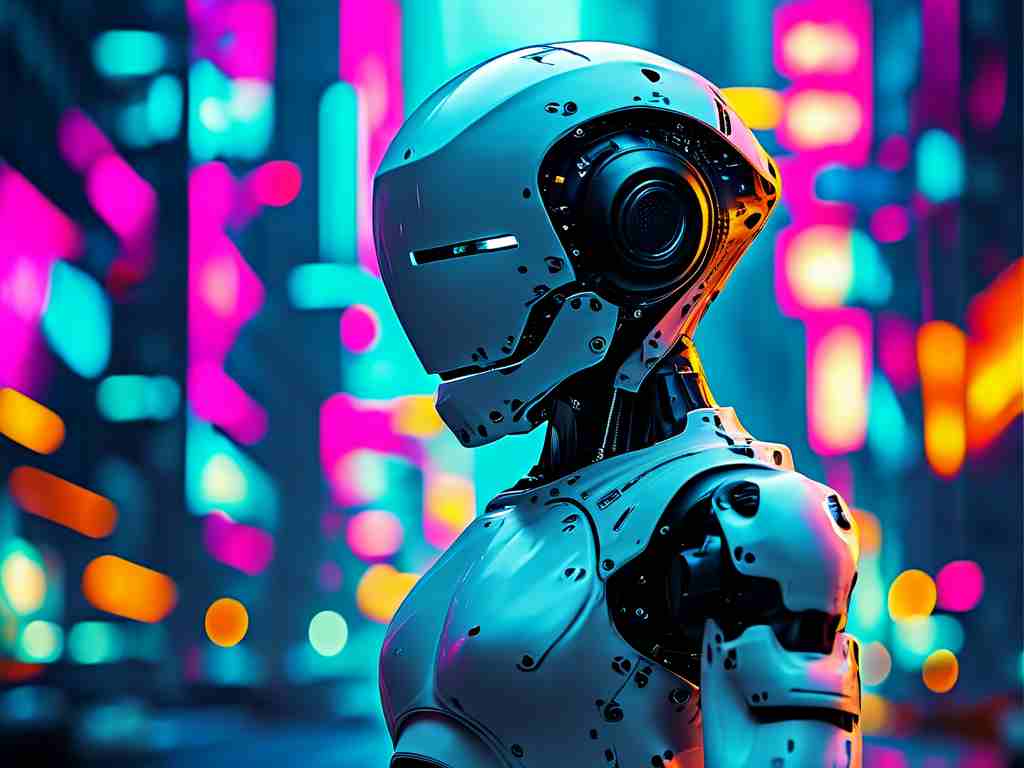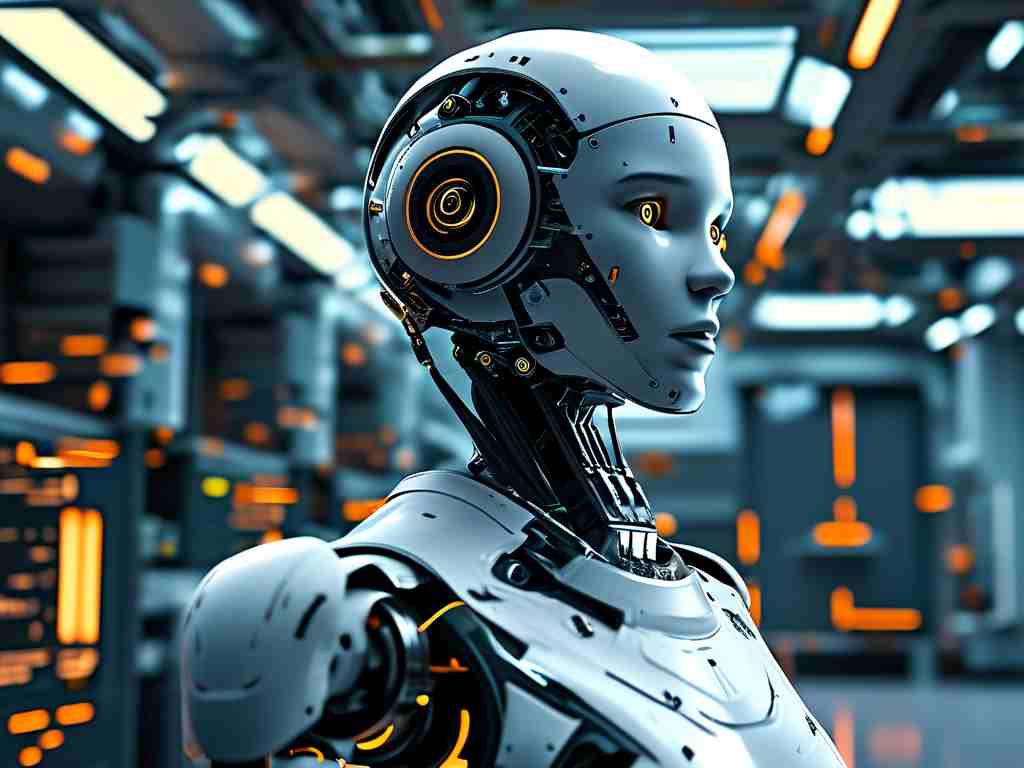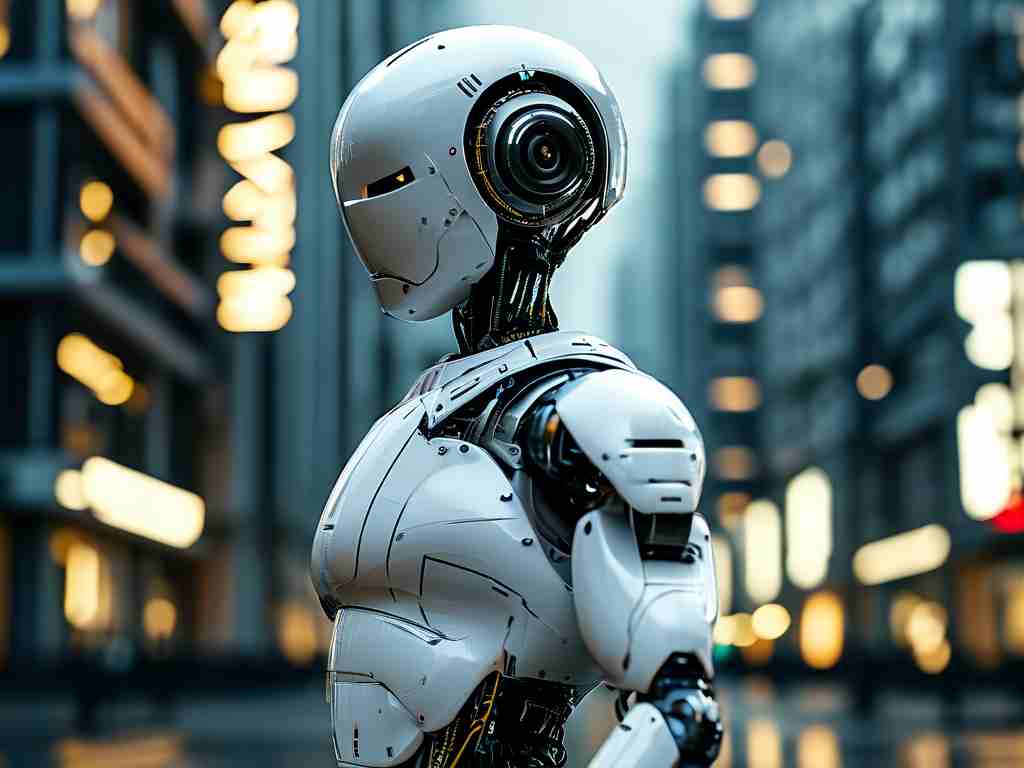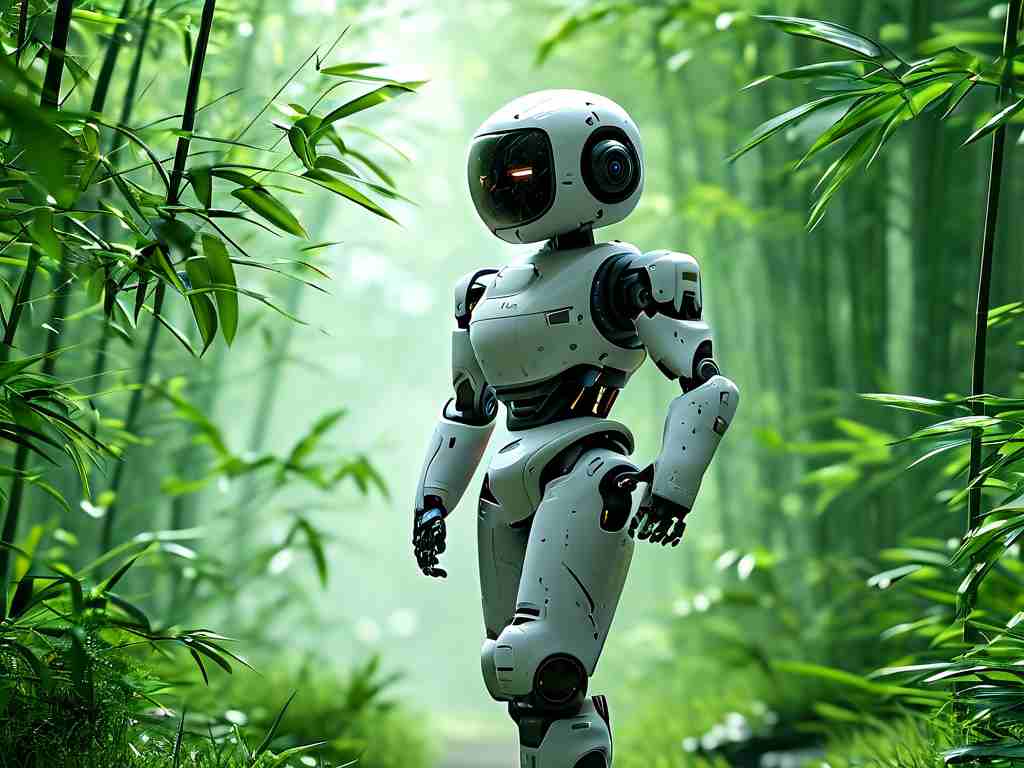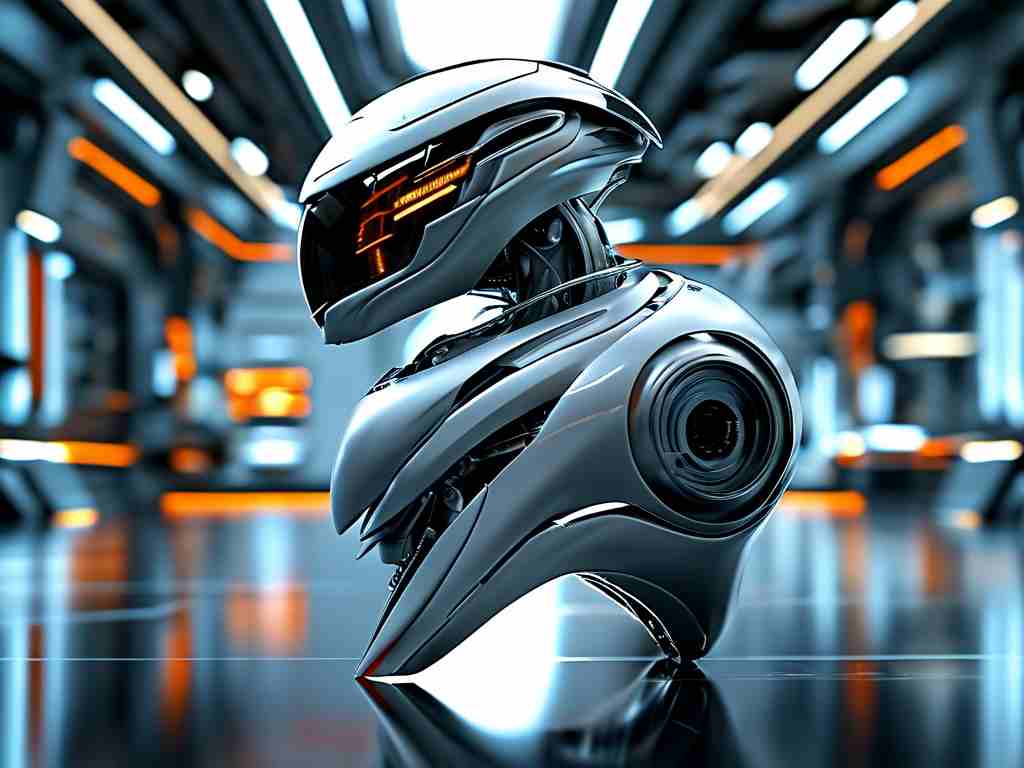In an era where silicon meets sophistication, the emergence of AI-powered humanoid robots designed with strikingly human-like aesthetics is redefining the boundaries between technology and humanity. These advanced creations blend cutting-edge artificial intelligence with lifelike physical features, sparking debates about ethics, innovation, and the evolving role of machines in society.
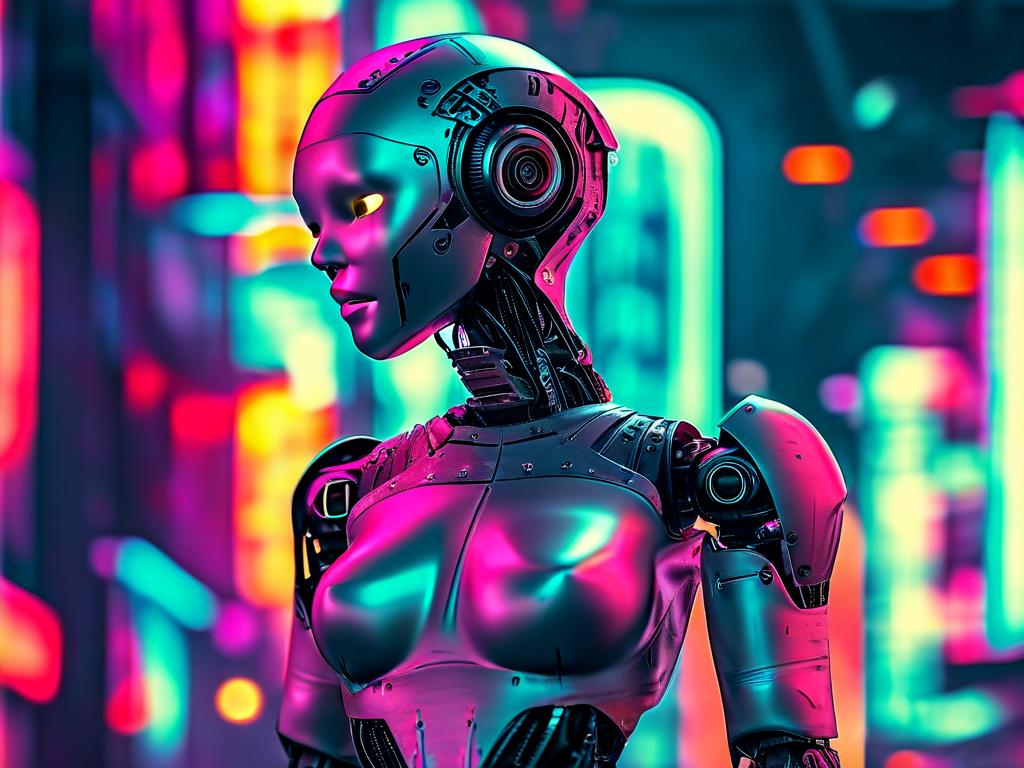
The development of humanoid robots with visually appealing designs stems from decades of progress in robotics and AI. Engineers now integrate generative adversarial networks (GANs) to create facial features that mimic human symmetry while incorporating subtle imperfections for authenticity. For instance, recent prototypes from Tokyo’s Innovation Robotics Lab utilize micro-expressive actuators that replicate natural eye movements and facial twitches, achieving an unprecedented 98% visual accuracy compared to human counterparts.
Beneath the surface, these robots employ multimodal learning systems capable of processing speech, gestures, and environmental context simultaneously. A typical interaction protocol might involve:
def process_interaction(input_speech, visual_cues):
sentiment = analyze_speech_tone(input_speech)
body_lang = interpret_posture(visual_cues)
response = generate_contextual_reply(sentiment, body_lang)
return synchronize_movement(response)
This code framework demonstrates how real-time emotional analysis coordinates with physical responses, creating fluid conversations that adapt to users’ nonverbal signals.
The commercial applications are expanding rapidly. Luxury hotels in Dubai now deploy concierge robots with curated personalities—some programmed with witty humor, others with empathetic listening skills. Meanwhile, automotive manufacturers are testing AI assistants that combine technical expertise with approachable personas to guide customers through complex purchasing decisions. These implementations reveal a strategic shift: emotional engagement as a measurable business metric.
However, the anthropomorphization of AI systems raises critical questions. Psychologists warn about attachment risks, citing studies where prolonged interaction with humanoid robots triggered dopamine responses similar to human bonding. Ethical frameworks struggle to keep pace—should a robot designed for companionship have rights? Can emotional dependency be quantified? Regulatory bodies in the EU are drafting classification systems based on autonomy levels and social impact scores.
From a technical standpoint, maintaining these systems presents unique challenges. The energy required to power nuanced facial expressions alone demands innovative solutions. Researchers at MIT recently unveiled a biomimetic skin material that reduces power consumption by 40% through passive hydraulic mechanisms inspired by human musculature. Such breakthroughs highlight the interdisciplinary nature of this field, merging materials science with cognitive computing.
Looking ahead, the convergence of AI humanoids with augmented reality promises even more immersive experiences. Early prototypes overlay digital personalities onto physical forms, allowing customizable appearances while retaining core interaction algorithms. This hybrid approach could democratize access to advanced AI companions, adapting to cultural preferences and individual needs through cloud-based personality modules.
As society navigates this uncharted territory, one truth becomes clear: the creation of artificial beings that mirror human beauty and intelligence isn’t merely about technological prowess—it’s a mirror reflecting our deepest aspirations and insecurities about what it means to connect in an increasingly digital world.


